retailer opinion
"We have a hot drinks machine opposite the till so people see it when they're queuing up and are tempted to buy a cup of tea or coffee. We usually sell around 25 cups a day, mostly in the morning this increases in the winter. To attract some more sales and increase basket spend, we have a deal on for a hot drink and a muffin for £1.50 so customers get the muffin for only 30p, rather than the normal price. This is very popular with students.
"We also have a Country Choice Boston donut display beside the machine." Jenny Wynne-Jones, Spar Connah's Quay, Deeside, Clwyd
On-the-go hot beverage sales are another way of getting customers into your store. Aidan Fortune looks at how you can make the most of your offering"We have a hot drinks machine opposite the till so people see it when they're queuing up and are tempted to buy a cup of tea or coffee. We usually sell around 25 cups a day, mostly in the morning this increases in the winter. To attract some more sales and increase basket spend, we have a deal on for a hot drink and a muffin for £1.50 so customers get the muffin for only 30p, rather than the normal price. This is very popular with students.
"We also have a Country Choice Boston donut display beside the machine." Jenny Wynne-Jones, Spar Connah's Quay, Deeside, Clwyd
On these cold, grey mornings your customers need a little wake-up call on their way to work. Installing a hot beverage machine is the perfect way to pep up your patrons while increasing profits.
According to Country Choice marketing controller Stephen Clifford, the on-the-go hot beverage sector is performing strongly, especially with so many people leading busy lifestyles without time to have breakfast at home.
"The market has fared quite well with an increase in coffee sales linked to a general upturn in breakfast trade, which is when most hot beverages are sold," says Clifford. "Mintel estimates that one in five adults eat breakfast out of the home so retailers need to make sure that their store is ready each morning for the rush of customers."
As we move into winter, sales of hot beverages are expected to rise according to coffee machine manufacturer Instanta's sales and marketing director Nick Neal, although he adds that this could be a double-edged sword for some stores. "In the earlier part of the year sales of hot beverages were good and this could be put down to the inclement weather," he says. "With much of the country blanketed by snow and ice, hot beverage sales in the convenience store sector held up well. However, with fewer vehicles on the road, forecourt sites didn't fare so well."
Clifford reckons hot beverages have held their own against the onslaught of energy drinks and shots now available on the market.
He says that while coffee and energy drinks both contain caffeine, consumers associate energy drinks more with soft drinks than coffee. He adds that coffee and tea consumption tends to be part of a more general ritual, to be consumed with a cake or breakfast bap, whereas energy drinks are targeting a specific functional need.
Clifford says retailers considering installing a hot beverage machine should first determine how many cups they need to sell every day to make a profit and whether the local area can deliver that demand.
"Medium volume retailers should be looking at a minimum of 20 cups per day," he says. "This would yield around £6,000 profit per year. Higher volume retailers have the potential to be serving around 60 cups per day, which would make in excess of £18,000 per year, but you have to look at your locality and ensure that this can be done before committing to it."
Alternative offerings
While tea and coffee make up the majority of on-the-go hot beverage sales, there is scope to take it further with other options for customers such as soup and hot chocolate.
Oxxygen Marketing's MaxJenvey says that soup can be quite popular when the weather is right but doesn't recommend building an entire offering around it. "Soup, especially in autumn and winter, is a popular option and suits the lunch and evening offer," he says. "However, we suggest keeping it simple by having it in an instant form and selling it where customers just add hot water."
Country Choice's Stephen Clifford agrees that soup should be something retailers offer during the winter months but suggests a separate kettle for it. "Our research shows that up to 50% of adults will have soup at lunchtime at least once a week during the winter."
For those who prefer something sweeter, Cadbury has launched a £1.5m marketing campaign to promote out-of-home hot chocolate drinking occasions.
The campaign includes providing POS material to inform customers that Cadbury hot chocolate is 'on sale here'. Its foodservice packaging has also been revamped and now features the Fairtrade mark.
Max Jenvey of food-to-go consultancy Oxxygen Marketing, suggests picking a machine to suit the volume of hot beverages you sell. "You need to do some calculations before deciding on an installation," he says. "If you anticipate selling less than 50 cups a day then you may want to consider a lower-cost machine. If you are looking at more than this then it is worthwhile investing in a higher spec machine."While tea and coffee make up the majority of on-the-go hot beverage sales, there is scope to take it further with other options for customers such as soup and hot chocolate.
Oxxygen Marketing's MaxJenvey says that soup can be quite popular when the weather is right but doesn't recommend building an entire offering around it. "Soup, especially in autumn and winter, is a popular option and suits the lunch and evening offer," he says. "However, we suggest keeping it simple by having it in an instant form and selling it where customers just add hot water."
Country Choice's Stephen Clifford agrees that soup should be something retailers offer during the winter months but suggests a separate kettle for it. "Our research shows that up to 50% of adults will have soup at lunchtime at least once a week during the winter."
For those who prefer something sweeter, Cadbury has launched a £1.5m marketing campaign to promote out-of-home hot chocolate drinking occasions.
The campaign includes providing POS material to inform customers that Cadbury hot chocolate is 'on sale here'. Its foodservice packaging has also been revamped and now features the Fairtrade mark.
He adds that hot beverage prices can be flexible depending on the machine. "You can charge a premium for beverages from higher spec machines as the quality will be superior and consumers will be willing to pay more for them."
For retailers who already have a hot beverage machine and want to get more from it, there's a great opportunity to be had from selling associated products.
"With the appropriate deals and in-store marketing, retailers should expect to make a food sale with every second cup of coffee or tea sold," says Clifford. "Discounts such as 'half-price coffee with any sandwich purchased' work well."
Jenvey believes in the old saying that the customer is always right and advises retailers to ask their customers what they would like to see in the store and, more importantly, what they'd be willing to pay for it. "Conduct your own market research survey of what your customers want, how much they are prepared to pay and source the appropriate products," he says.
He also encourages retailers to be brazen about pushing more products alongside their hot beverage offering. "Up-selling is the single biggest lost opportunity in sales," adds Jenvey. "Just get your customers to buy more than they intended to purchase. Research by consultancy HIM shows that 84% of customers do not have a specific budget in mind and are open to buy more. That's your opportunity to sell more products alongside hot beverages."
So, whether you're just starting out in food to go or adding to it, the potential for sales of both hot beverages and accompanying products is enough to make anyone perk up.



















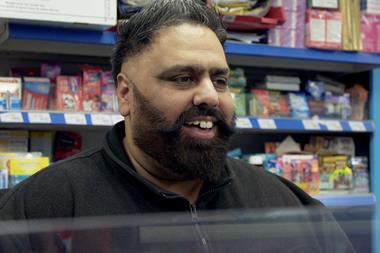
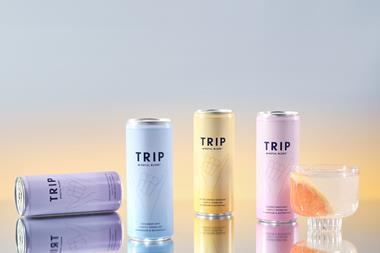


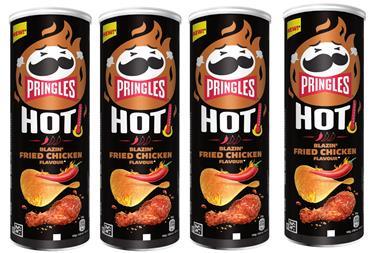

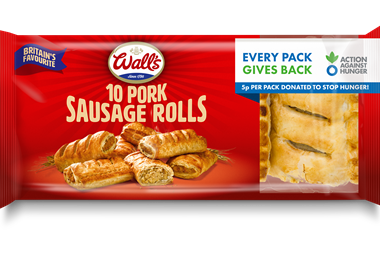

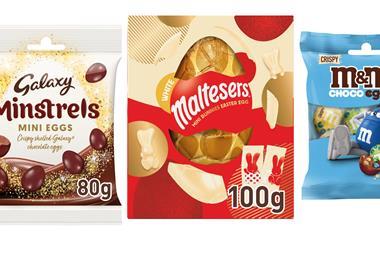
No comments yet